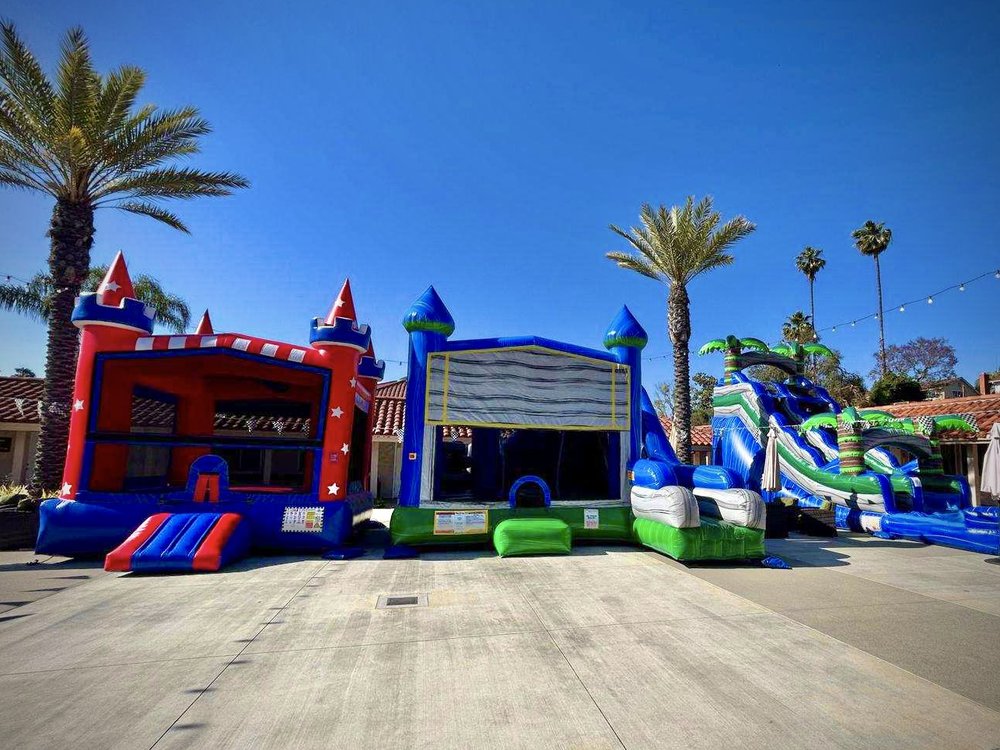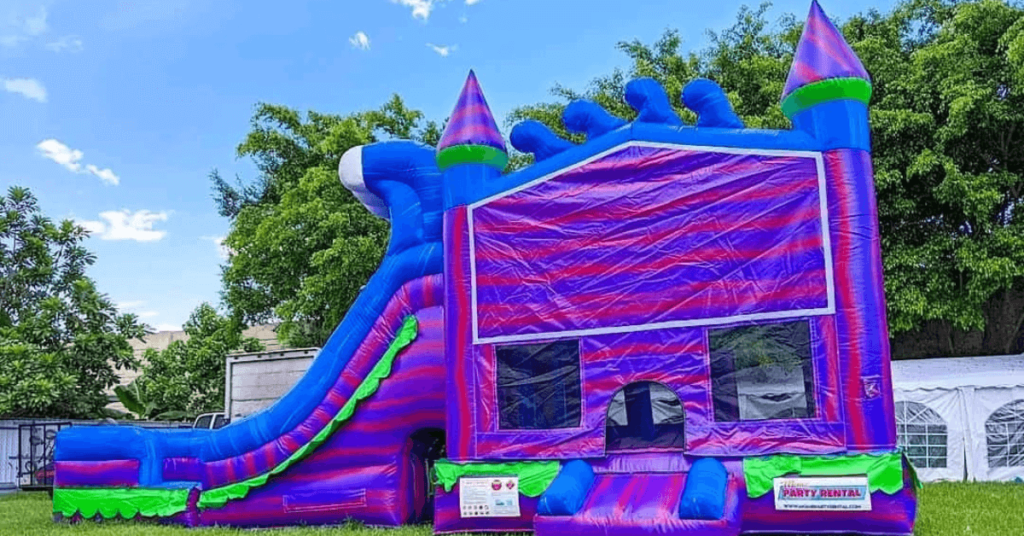Introduction
Looking to buy a commercial jumping castle for your rental business? Choosing the right one can make a big difference in your event offerings and client satisfaction. If you’re considering purchasing one or starting a rental business, here’s a detailed overview covering costs, profitability, advertising strategies, maintenance, and safety considerations.
What Is the Cost of Buying a Jumping Castle?
The cost of purchasing a jumping castle varies significantly depending on whether you opt for a residential or commercial model.
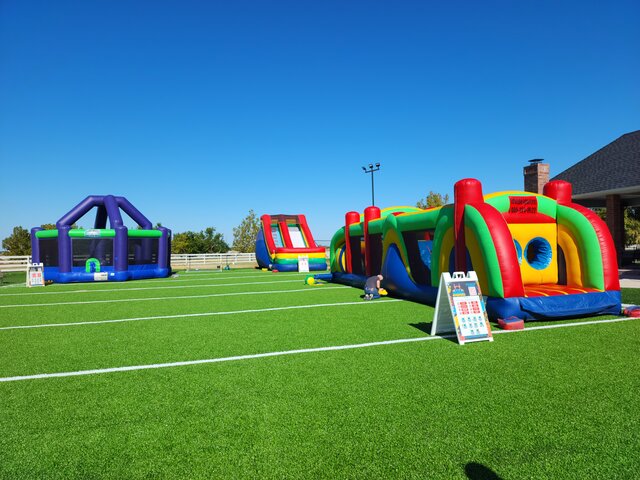
Jumping Castle Price Overview
- Residential Bounce Houses: Prices typically range from $200 to $500. For example, a model priced around $249.99 is commonly found on platforms like Amazon.
- For better understanding about the cost, follow this link to a list of the residential bounce house stores
- Commercial Bounce Houses: Designed for frequent use, these units generally cost between $1,000 and $3,000, with some high-end models exceeding this range.
- For better understanding about the cost of commericial jumping castle, please check out this page for instant quote from our team!
Additional Costs
- Blower: The blower, essential for inflating the bounce house, can account for about 50% of the total cost. If you already own one, this can reduce your overall expenditure.
Example Prices
| Type | Price Range |
|---|---|
| Residential | $200 – $500 |
| Commercial | $1,000 – $3,000 |
Overall, consider how often you’ll use the castle and your storage space when deciding to purchase.
How Profitable Is a Commerical Jumping Castle Business?
Starting a bounce house rental business can be lucrative, depending on various factors such as initial investment, rental rates, and operational costs.
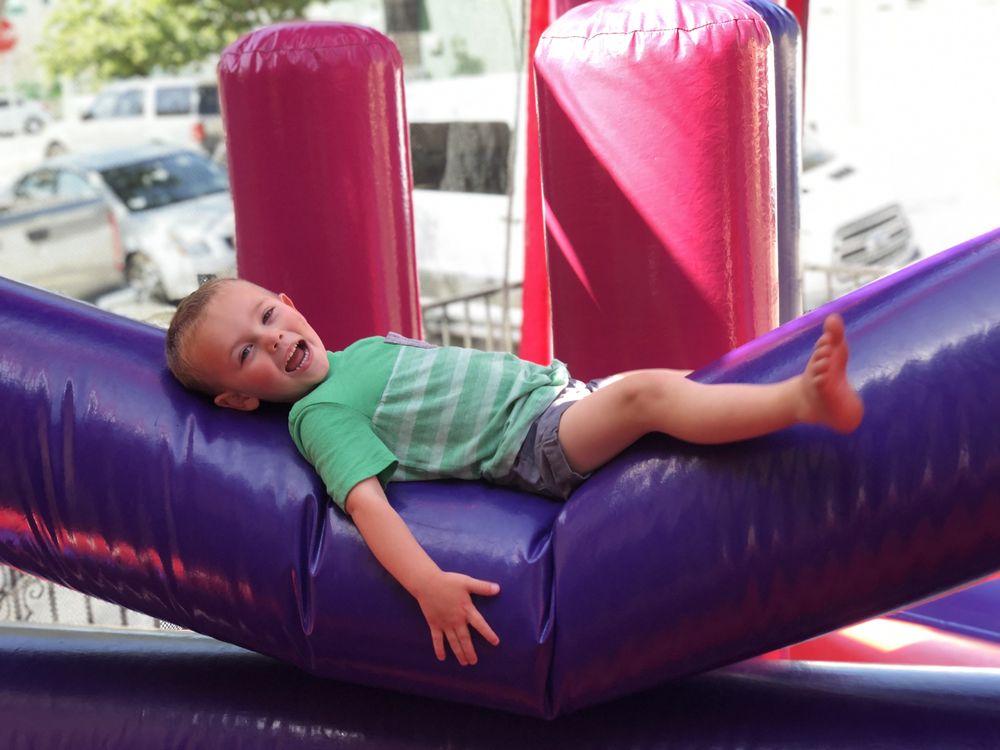
Profit Potential
- Rental Income: A bounce house can typically be rented for about $175 per event. If you rent out one unit approximately 1.5 times per week, that’s around $1,050 per week, translating to an annual income of about $54,600 for four units.
- Break-even Analysis: With an investment of around $1,000 for a basic unit and a rental fee of $100 per day, you would need approximately 10 rentals to break even.
Ongoing Expenses
Key costs include:
- Insurance (general liability)
- Maintenance and repairs
- Transportation costs
- Marketing expenses
Market Demand
Demand for bounce houses peaks during warmer months and can be influenced by local events. The rental market is projected to grow, offering significant opportunities for newcomers.
Advertising Your Jumping Castle Business
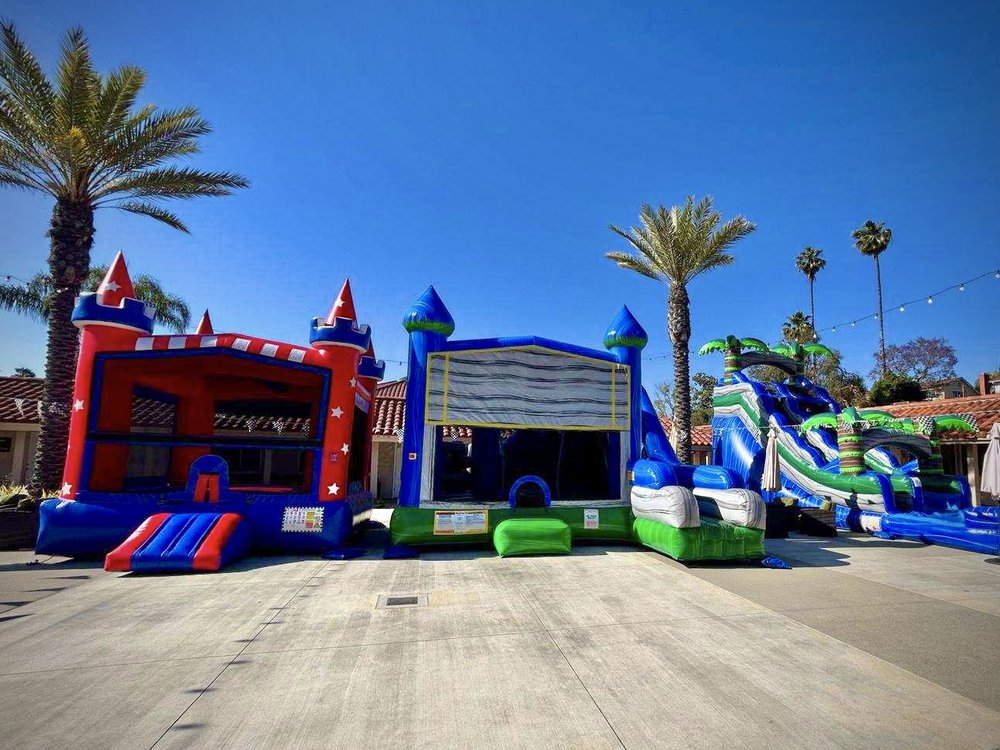
To effectively market your jumping castle business, consider a mix of online and offline strategies:
Online Marketing Strategies
- Create a User-Friendly Website: Ensure your website is appealing and easy to navigate, featuring essential information about products and pricing.
- Optimize for Local SEO: Use local keywords and register your business on Google My Business for improved visibility.
- Leverage Social Media: Share engaging content and customer reviews on platforms like Facebook and Instagram. Consider targeted ads to reach a wider audience.
- Encourage Online Reviews: Prompt satisfied clients to leave positive reviews to enhance credibility.
- Email Marketing: Build an email list and send newsletters with updates and promotions.
Offline Marketing Strategies
- Distribute Flyers: Hand out flyers in local neighborhoods, schools, and community centers.
- Local Advertising: Advertise in local newspapers and community magazines.
- Network with Local Businesses: Collaborate with event planners and local businesses for community gatherings.
- Participate in Local Events: Set up a booth at fairs to showcase your jumping castle.
- Referral Programs: Offer discounts for successful referrals from satisfied customers.
Life Expectancy of a Bounce House
The lifespan of a bounce house varies based on the type and quality of materials:
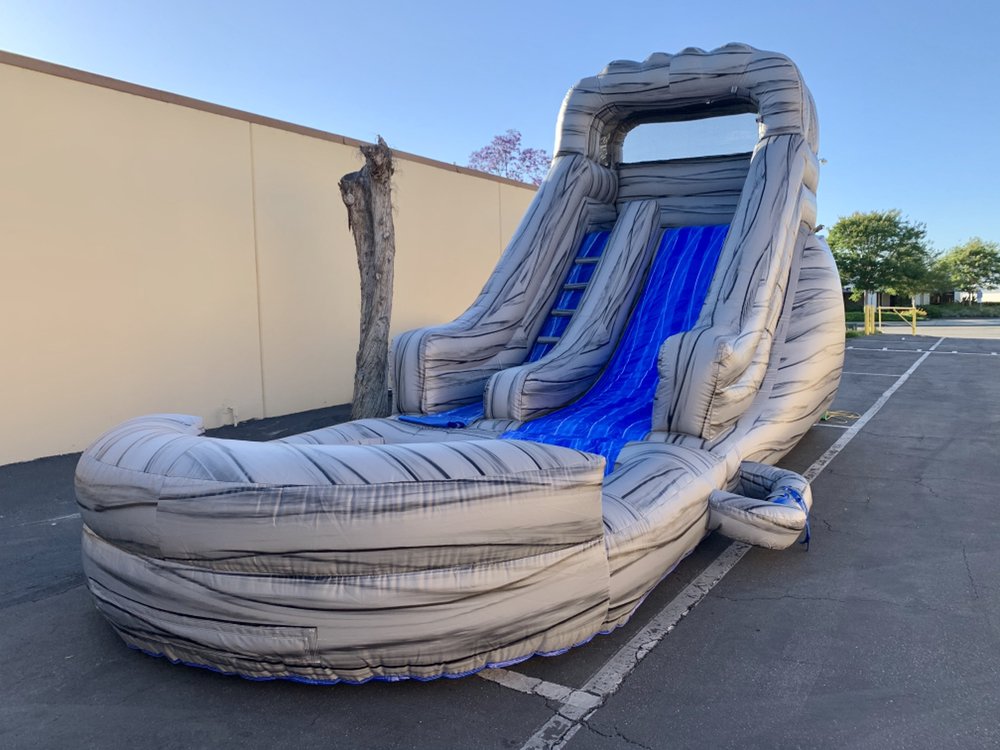
- Residential Bounce Houses: Typically last about 2 to 5 years.
- Commercial Bounce Houses: Built for rigorous use, they can last 5 to 7 years.
Factors Affecting Longevity
- Material Quality: Commercial models use thicker, more durable materials.
- Usage Frequency: Heavily used units wear out faster.
- Maintenance Practices: Regular cleaning and prompt repairs can extend lifespan.
- Environmental Conditions: Proper storage away from harsh weather is crucial.
Safety Considerations for Jumping Castles
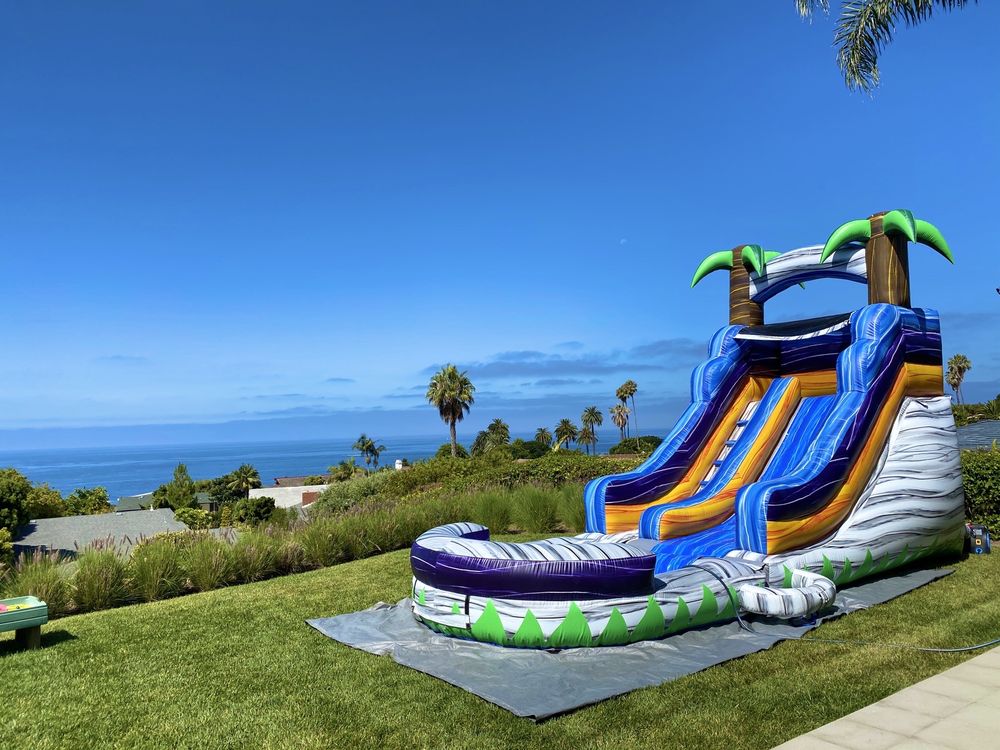
Do Jumping Castles Require Electricity?
Yes, jumping castles require electricity to operate. They need a blower that maintains inflation, consuming around 800 to 1,600 watts per hour, depending on size. Ensure to use safe power sources to avoid hazards.
Do Jumping Castles Need to Be Anchored?
Yes, proper anchoring is essential to prevent tipping, especially in windy conditions. Use heavy-duty stakes for grass and sandbags for hard surfaces. Always follow manufacturer guidelines for safe anchoring.
Can You Set Up a Bouncy Castle on Concrete?
Yes, but with precautions. Secure anchoring is vital, using sandbags or water bags, and a protective tarp underneath is recommended to prevent wear.
How to Maintain a Jumping Castle
Regular maintenance ensures safety and longevity:
Cleaning Process
- Initial Inspection: Check for tears and damages.
- Remove Debris: Use a broom or vacuum.
- Cleaning Solution: Mix mild soap with warm water.
- Scrubbing: Gently scrub the surface.
- Rinsing: Use a hose to rinse thoroughly.
- Drying: Inflate and dry completely before storage.
Routine Maintenance Tips
- Conduct regular inspections.
- Avoid dragging the castle to prevent tears.
- Store in a cool, dry place after drying.
Conclusion
Investing in a jumping castle can be both fun and profitable. With careful consideration of costs, maintenance, and effective marketing strategies, you can ensure a successful venture while providing joy to countless families. Whether you purchase one for personal use or start a rental business, understanding these factors will help you make informed decisions.
